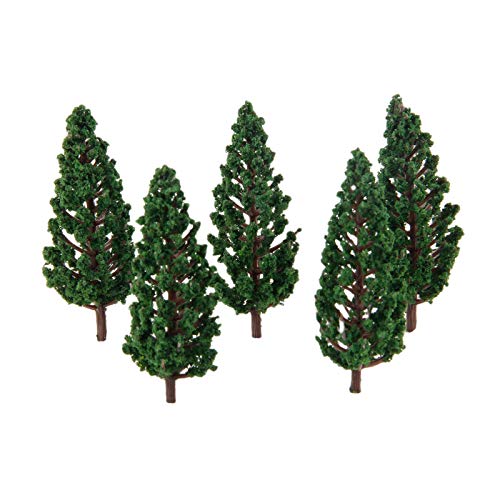jis
Permanent Way Inspector
Staff member
Administator
Moderator
AU Supporting Member
Gathering Team Member
We know the speed (50mph) and we also know that an ICF consist would have had several cars split open at that speed.Without wishing to detract from the argument about the better build of these cars, no doubt having already saved countless lives, a caveat is that the amount of damage inflicted is dependent on the speed at the moment of impact. In physics, the kinetic energy scales with the square of the speed, meaning a train going at double the speed has four times the kinetic energy, or a 41% greater speed means a 100% increase in kinetic energy. It is this kinetic energy that is chiefly responsible for things being torn apart on impact. So one should be careful comparing damage without also knowing the speeds involved in both cases.
The last car of the freight train, a Guard Van was completely demolished and apparently dissipated a significant amount of energy. The next wagon was damaged beyond repair.Gosh, I too am impressed that the LHB carriages did not telescope or rip apart, as well as the front of the loco looking "fairly okay"... I wonder what type of goods wagons were run into, maybe quite low level, given the loco's frontal condition.
I seem to remember reading that couplings should not break apart in an accident, but I can't be sure? Definitely a blessing that it was not ICF old style stock!
The video lingers on the points at one time, and it certainly looks like many bolts are missing...
For comparison of damage BTW, in the rear end collision of a freight into Kanchanjungha Express in North Bengal with an ICF consist, the last car was flattened and destroyed beyond recognition. The third and fourth car from the rear lost structural integrity and the second car from the rear climbed on top of the freight locomotive. The speed at impact was 40kph, half the speed of this one, but the momentum/KE of the loaded freight train arguably was more than that of a loaded 24 car passenger, though it was a relatively light train as far as freights go.
The LHB cars did exceptionally well in the Coromandal Exp. crash at Bahanaga Bazar too in the 130kph crash though the first car lost structural integrity. The fact that 5 of the cars in the front were General Unreserved Second Class played a key role in the significant level of casualty.























